
Urban regeneration - Social housing
Fossheim Borettslag: a case study in Oslo
Fossheim Borettslag: a case study in Oslo
..............................................................................
Diploma Project - Architecture for Sustainability
Renovation project in two consequential phases. First phase: refurbishment and basic intervention. Second phase: vertical expansion and implementation with new functions.
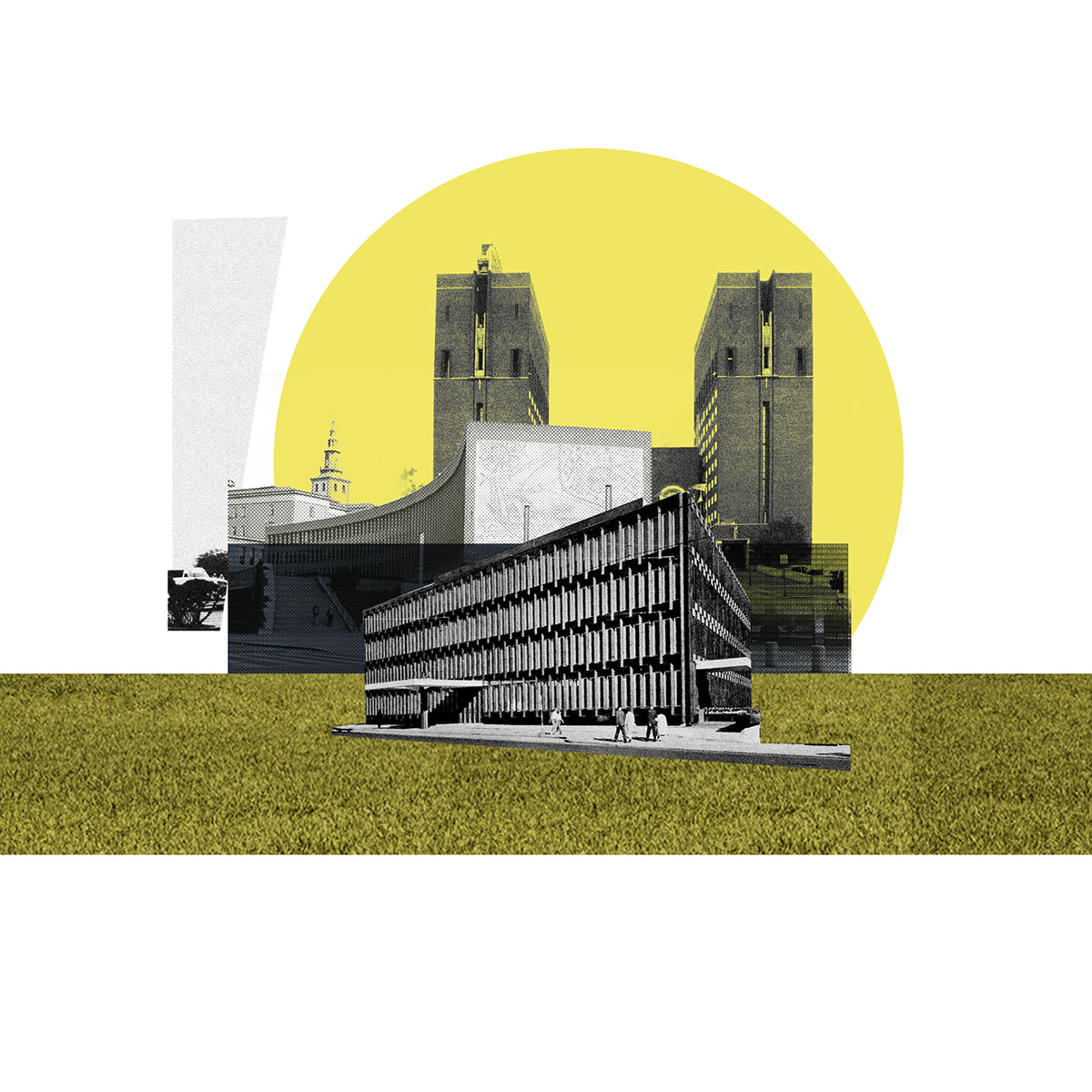

The first part of our work included some deep research on the theme of social housing, housing, lifestyle, living habits, urban development and building tradition in Oslo. The research took place through live interviews, visits, observation, films, library research and studies, and during our stay in Olso as students and researchers.
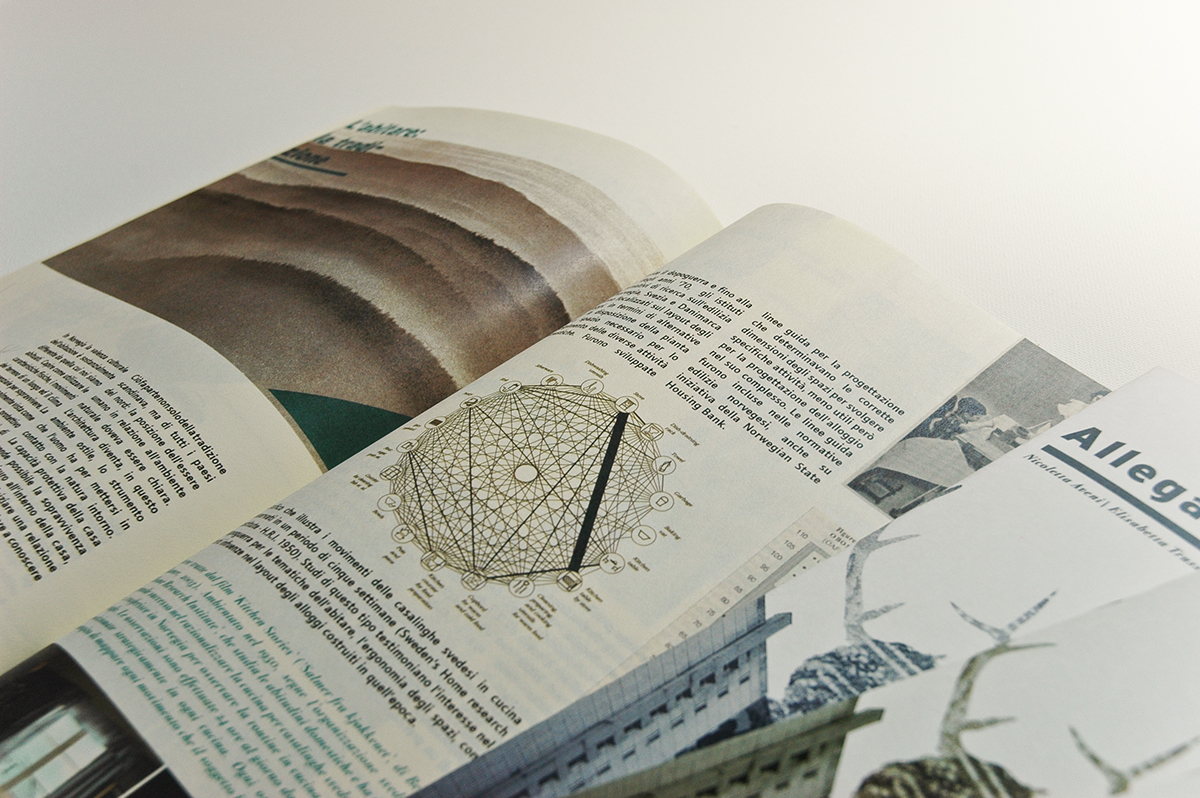



The Building chosen for the intervention is located in Grünerløkka, close to the river Akerselva.
It is called Fossheim Borettslag, built in 1966 as social housing for young mothers. The residential units were mostly studio flats. With its 19 floors and 52 meters height it is the tallest only-residential building in Norway, and for that it is considered a negative landmark in the city, excessively high and massive and disproportionate to the surrounding buildings.
The goal of our project was to transform it into a positive landmark. Its main feature, the height, could not be negated though: therefore we meant to use it at our advantage, and enhance it, exaggerate it.
We did not want to provide an absolute architectural solution; we aimed at providing a design method instead, to be applied in different projects, starting from an existing example. Working with different phases, forecasting different conditions in the life of a building, thinking about its sustainability, its future use, the reciclability of its materials, means designing in the present for the future .

The project was based on real needs of its inhabitants, and of refurbishment of the building. It consisted of two phases, consecutive, but independent. The first phase involved the refurbishment and basic interventions, while the second phase, the more audacious one, wanted to enhance the building's main feature with a vertical expansion and implementation with new functions.
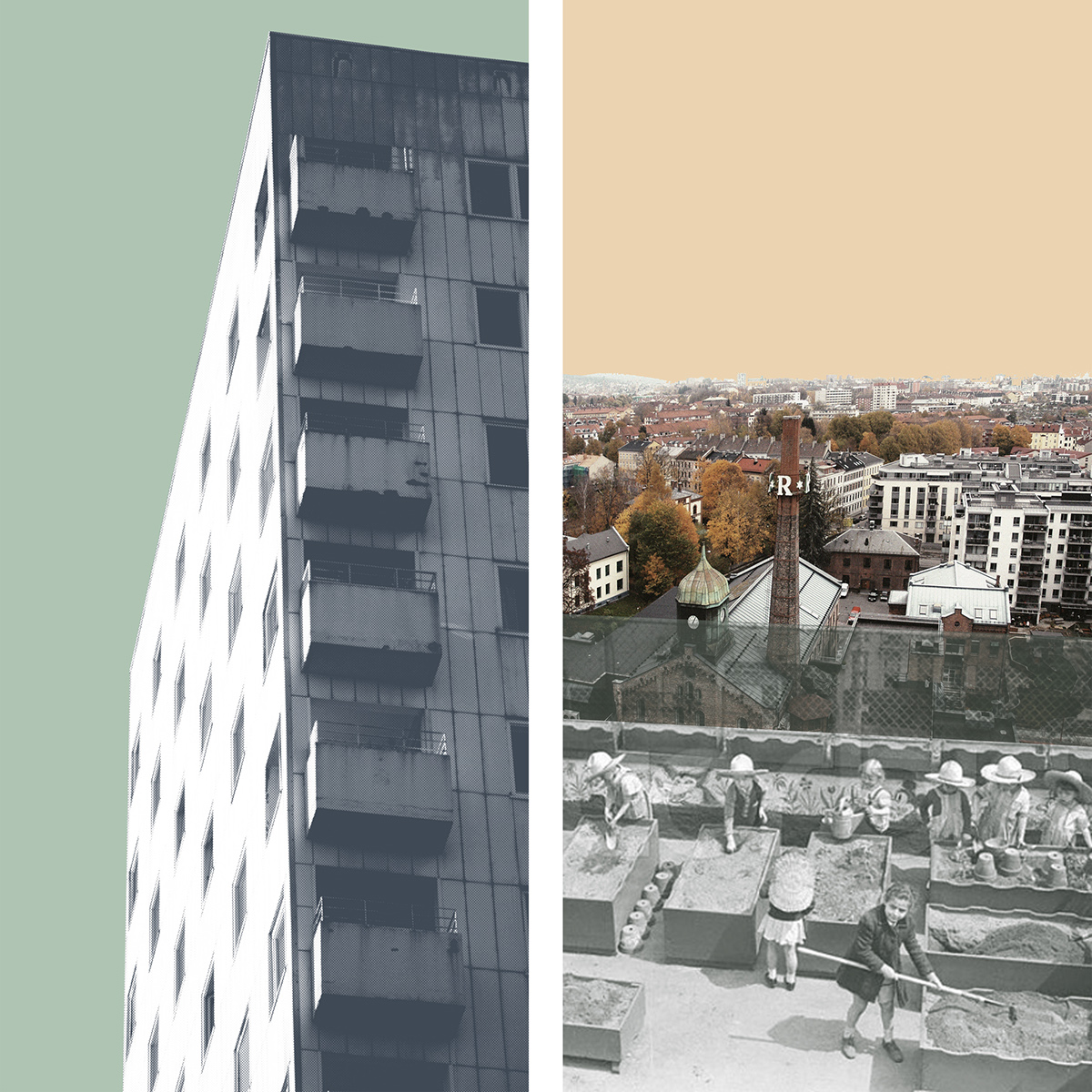
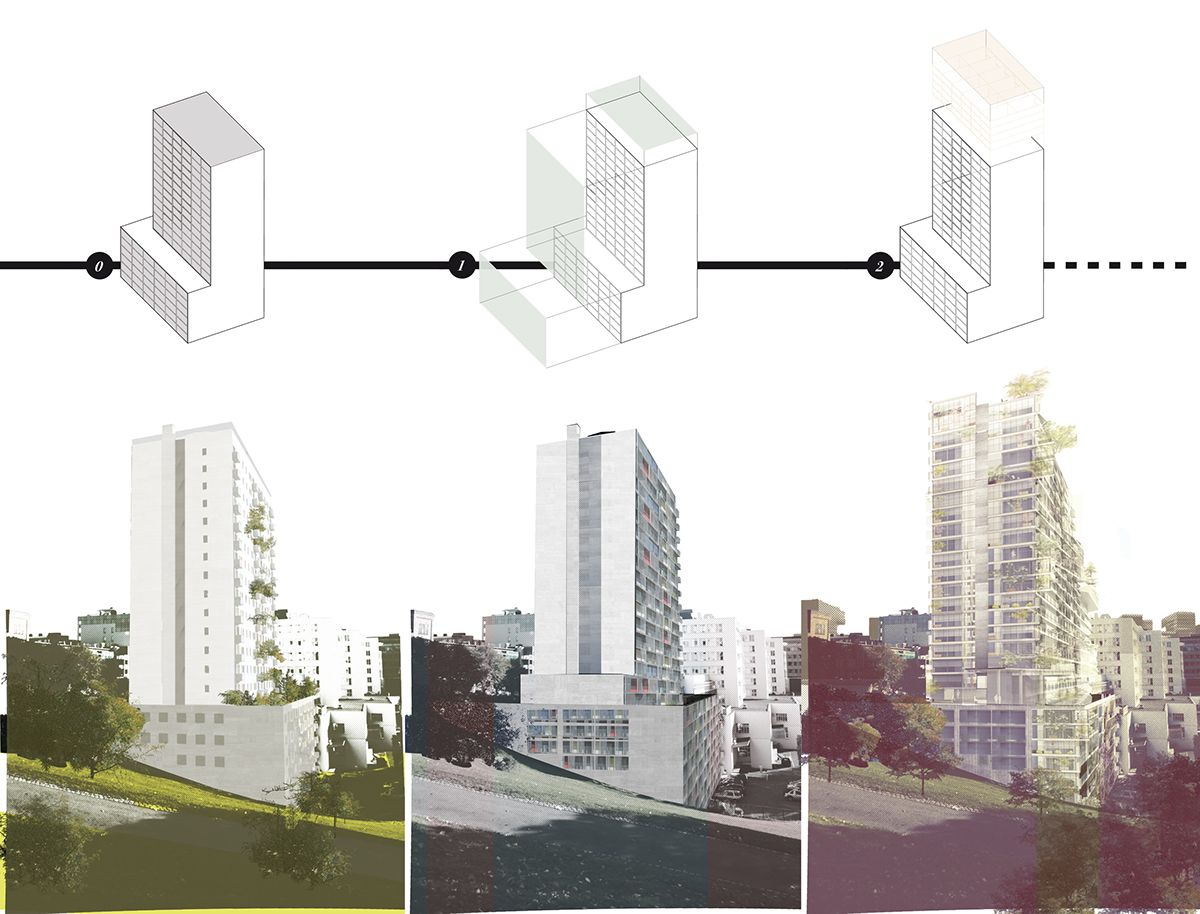
....................................................................................................................................................................................
First Phase
The facades are reclaimed and renewed; a new steel structure is inserted in front of them, sustaining the new balconies. Each flat gains one or two new balconies, or winter gardens in the western facade. The new steel structure is also structurally designed to sustain the new vertical expansion, that may be added in the future.
The roof becomes a livable place for the inhabitants, providing a unique view in Oslo.
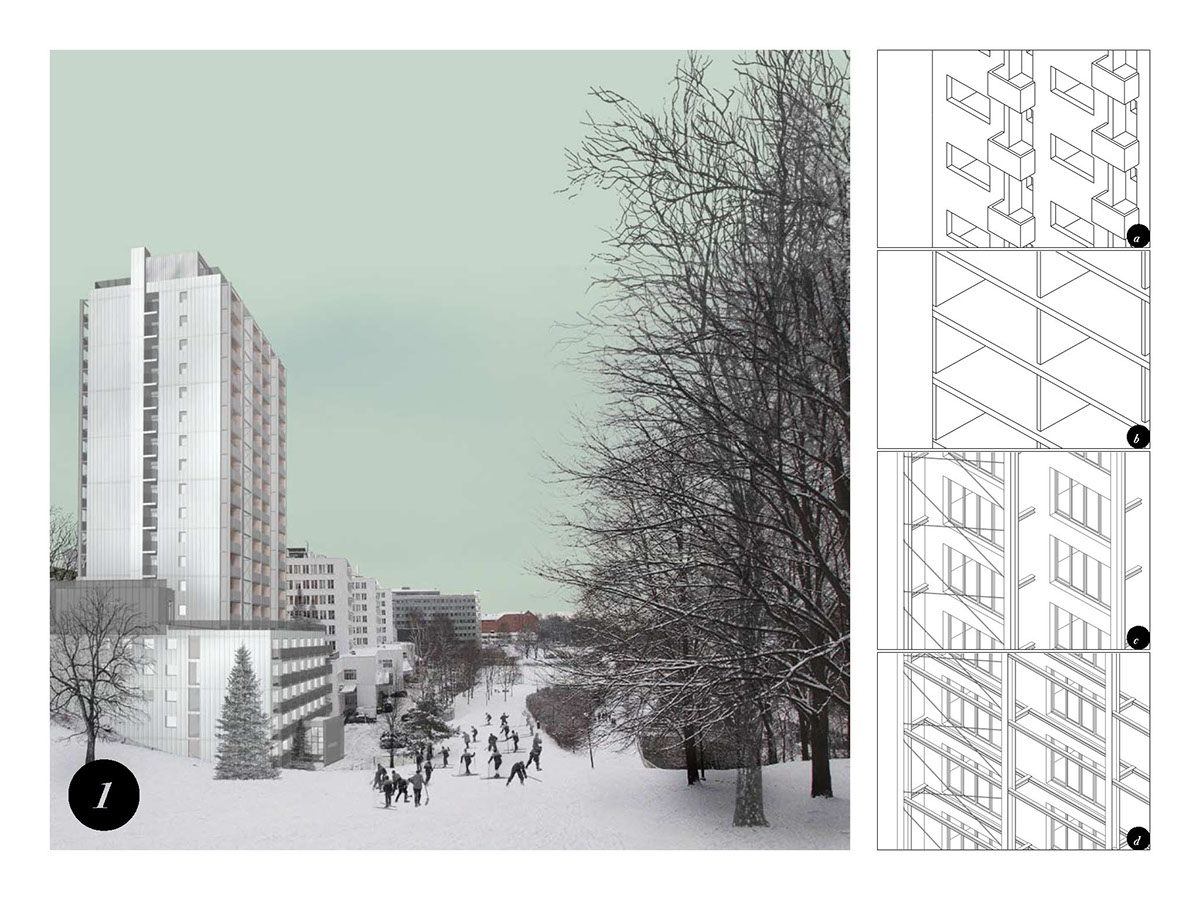


....................................................................................................................................................................................
Second Phase
The height of the building is enhanced by the addition of new layers are added on top. New functions are introduced, ensuring mixité to the building and making it an urban space, not only for its inhabitants, but still granting them their privacy. The new functions are chosen through careful consideration of the social aspects and the lifestyle of the inhabitants of Oslo.
Second Phase
The height of the building is enhanced by the addition of new layers are added on top. New functions are introduced, ensuring mixité to the building and making it an urban space, not only for its inhabitants, but still granting them their privacy. The new functions are chosen through careful consideration of the social aspects and the lifestyle of the inhabitants of Oslo.
Our steel structure, introduced in phase 1, can support 5 new floors, without interfering with the existing structure.
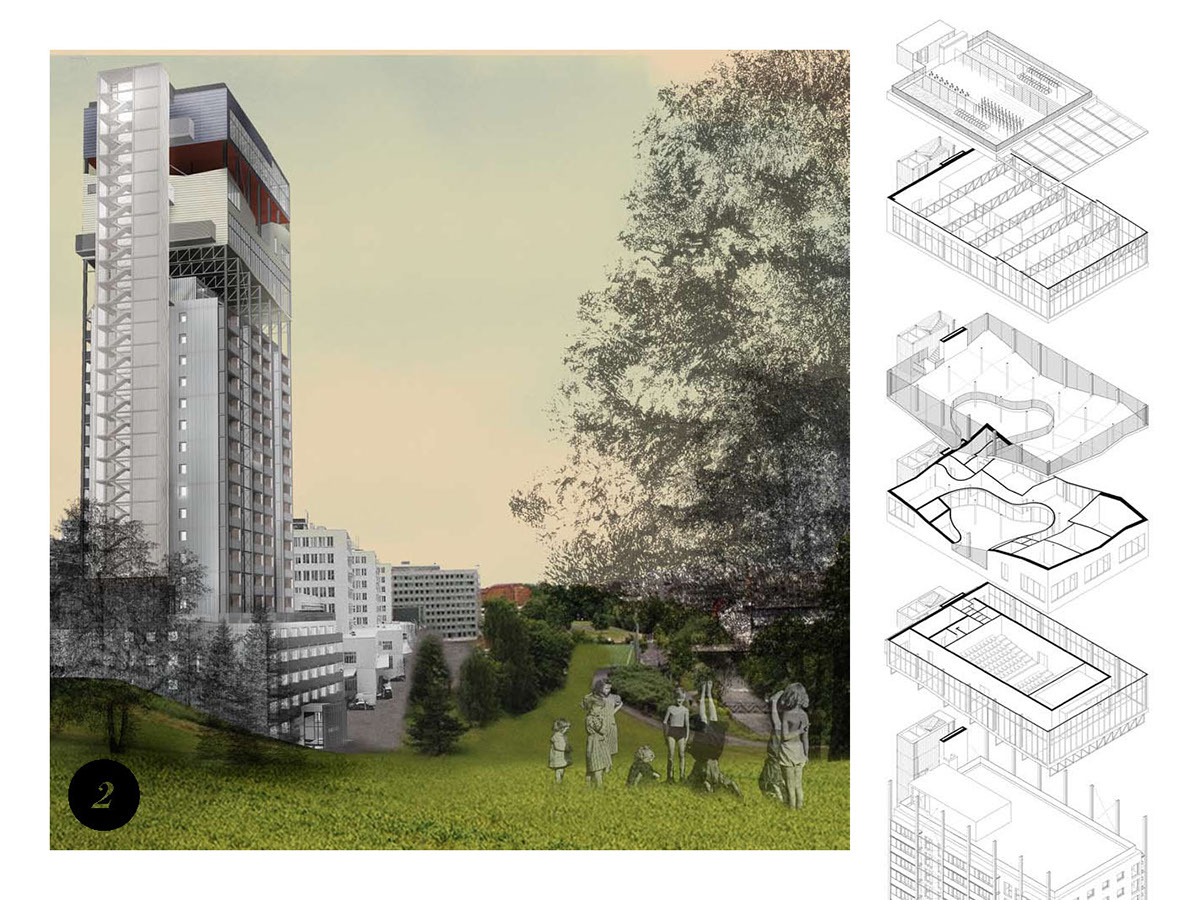




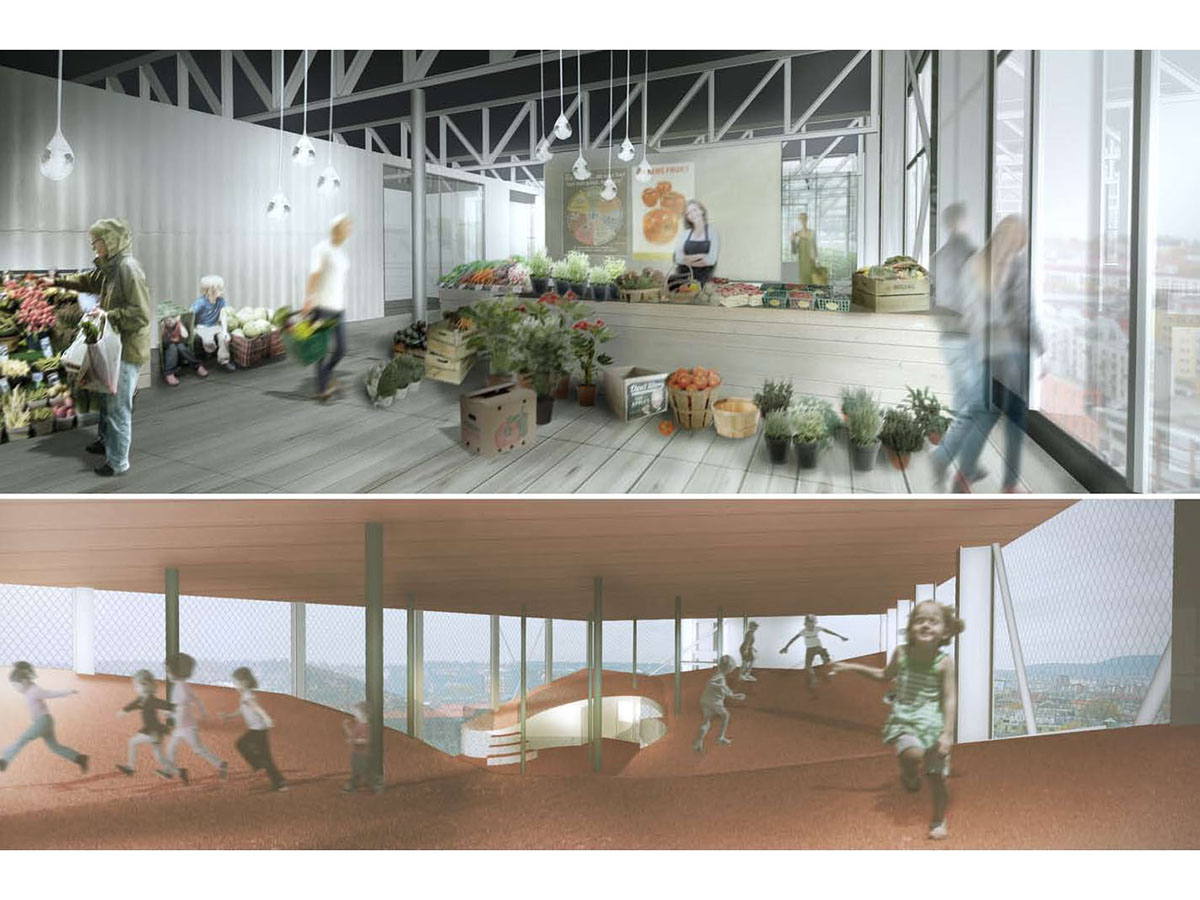

.....................................................................................................................................................................................
Booklets containing studies and development of the project.








